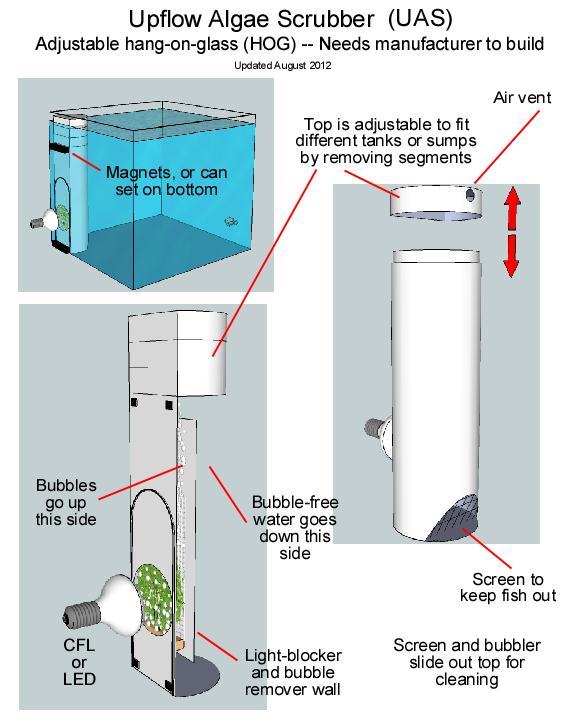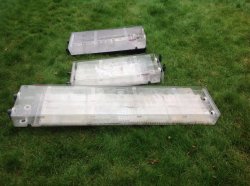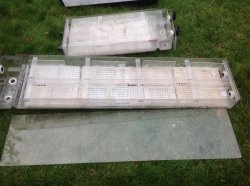You are using an out of date browser. It may not display this or other websites correctly.
You should upgrade or use an alternative browser.
You should upgrade or use an alternative browser.
Mega-powerful Nitrate And Phosphate Remover Replaces Skimmer, Refugium
- Thread starter SantaMonica
- Start date
The April FOTM Contest Poll is open!

🏆 Click to vote! 🏆
SantaMonica
Fish Crazy
Pics!
A useful way to stop bubbles if your UAS is not in a box:
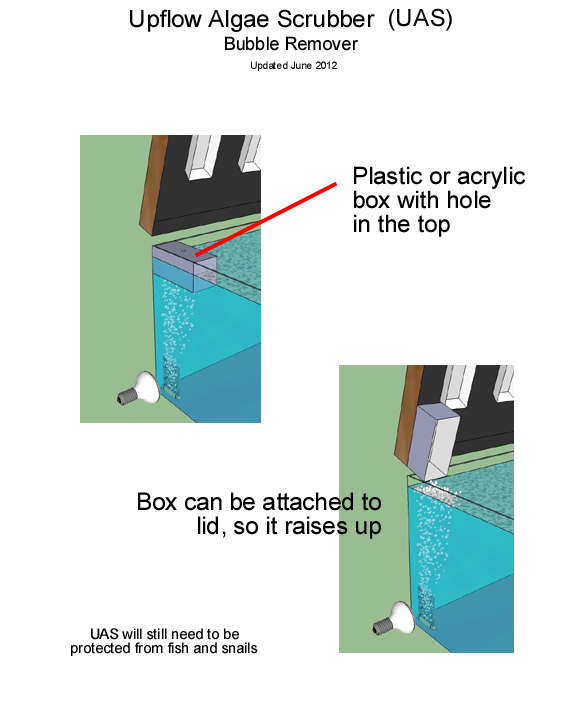
A useful way to stop bubbles if your UAS is not in a box:

SantaMonica
Fish Crazy
Some success stories of people using waterfall algae scrubbers on different sites:
Aydee on the scrubber site: "I'm going to call this a success. My nitrates had been sitting steady at about 10 or so for over a year. For it to drop to undetectable in 2 weeks.. THAT is impressive. I have got my skimmer running still, but once my ATS is running, I'll turn off the skimmer (not remove.. Yet....) If situation remains excellent as the trend currently is, I'll remove the skimmer. However, I came into ATS thinking "It can't hurt, as I'll keep my skimmer running" and now I'm thinking "WOAH! They're right!".
Obviously, the proof will be in 2 years time, ATS sans skimmer.. But.. So far, the numbers are fantastic."
Robert_Patterso on the RC site: "Best thing I have ever put on any of my tanks in over 25 years of being in the hobby"
Pskelton on the RC site: "I personally have not done a water change in 6 months ever since I implemented my scrubber. long story short my tank was a mess, kid dumped container of food in tank. I got a snow flake eel that dug up my sand bed and I was running a very under powered cheep skimmer. This lead to my nitrates peeking at 160. I did water changes for a while but the nitrate just keep coming back up to 160. The water changes were getting expensive and I was about to give up when I tried the scrubber. Within a few weeks nitrate dropped to 60 and slowly came down from there. As of my test last week I am finally at 0 nitrate and I haven't done a water change in six months. The protean skimmer has been removed and my tank is healthier than ever. I am just waiting for the algae on my rocks to finish dieing off."
Murph on the scrubber site: "my ATS is coming along fine. I think I spent about 30 bucks making it. When I compare that to the thousand or more I have spent on skimmers over the past ten years or so that made little to no difference when it came to nuisance algae in the display I want to pull my hair out. My ATS has out done them all in a matter of a few months."
Spotter on the RC site: "Nitrate Day 1: 5ppm, Week 1: 0ppm, Week 2: 0ppm. P04 Day 1: .035,
Week 1: .015, Week 2: .0092 I am liking this very much."
JohnnyB_in_SD on the RC site: "I feed about 6-7 cubes a day on a 100gl tank, and 10-12 cubes two days a week when I do the nems & corals too. N&P have been undetectable since I started using ATS, which is a mickey mouse rubber maid tub version. Since I am always looking for the easiest way to do everything, I will continue cleaning the whole screen once a week. For me, it was a real struggle maintaining water quality with just a fuge: starving my fish, super skimming, massive weekly water changes - just to keep Nitrates near 20ppm and Phosphate under 1.0. That all went away with an ATS, the hobby is much more enjoyable and not a huge chore."
Thedude657 on the scrubber site: "So my screen finally filled out with greenish algae. Water quality is excellent and now I have all sorts of cool things growing on my live rock. Little white sponges are popping up everywhere, some stuff I have no clue what it is yet. Just wanted to say thanks to help me get started."
Chrisfraser05 on the RC site: "I just wanted to jump in and say after bumping into Santamonica on a forum a while back and also watching Lafishguys videos I started a marine tank [8 months ago]. Obviously I started my first tank with a DIY algae scrubber and have NEVER seen either nitrate or phosphate."
Redneckgearhead on the scrubber site: "Heres the pics of my HA problem. [algea all over]These where taken just before I added my scrubber. I had tried EVERYTHING nothing helped. I paid a small fortune for a skimmer that I was told would surely take care of the problem. The HA laughed and kept on growing. My lights where down to 3 hours a day, my fish where only fed a small amount every two to three days, I was doing 10 percent water changes twice a week. And keep in mind those picks are only about 3 days growth, I would remove about 80 percent of the HA during my water changes. These are pics I took today just before my weekly water change. [almost no algae] I am feeding daily, my fish are now fat and happy. My scrubber is working beautifully! I am so glad I found out about scrubbers. I am still using my skimmer, but I may take it off line as soon as all the HA is gone. From the looks of things that shouldn't be much longer."
Fragglerocks on the RC site: "Ive gotten rid of 95% of all "bad" algae in the DT and my P04 Level is 0.12 checked by Hanna meter. Nitrates - Zero. I feed the equivalent of 2 frozen cubes per day, along with pellets whenever I think about it. up to 2 times per day."
Scrubit on the scrubber site: "have been running a scrubber-only 90gal tank for over a year now with great success. [...] I was ready to buy a big ol skimmer for my new tank build when I came across some of the info SM had posted. That was all it took, and I've never looked back. NEVER had algae in DT, NEVER had readable nitrates/phos after cycle, and have probably changed out maybe 40gal of water since setup. Personally I find running a scrubber almost as fun as the tank itself!"
Psyops on the RC site: "I had a DSB and chaeto fuge. When I added a ATS, the chaeto disappeared. I don't know if the DSB is doing anything. I feed my fish and tank from 1-2 times daily depending on my schedule. The ATS is doing really well, especially when I added a Calcium reactor 3 months ago. I did not believe some of the stuff people were saying on how effective an ATS system could be, but they were mostly correct."
JohnnyBinSD on the RC site: "I finally got around to putting an ATS on my tank 3 weeks ago. Just harvested a pile of algae off it tonight. In those 3 weeks I have doubled the amount of daily food I put in the tank, run the skimmer 6 hours/day instead of 24/7, and removed the lighting from the chaeto in the old fuge. Nitrates & phosphates are undetectable, algae in the display tank is almost nonexistent, fish are fat & happy. An ATS is the cheapest & most effective thing I've ever done to improve water quality. I wish I had built one sooner."
Kcmopar on the MFT site: "Its been about 5 weeks (started the weekend before fathers day) or so and the green hair algae has stopped growing in my 40G. Yeah!!! Its all receding, maybe just a few percent left at the base of a couple rocks that my coral beauty snacks on. Just amazing. Started this 40G salt from Jump with an ATS. IT NEVER CYCLED!!! I have little pods, tiny feather dusters, and other critters thriving like crazy. Coraline already starting to spread across the tank. Nutrients are always zero to just barely detectable on both the 10g and 40g. Also a note on the 40G, I never had to do a water change yet!!! No test results ever got past barely detectable. I have been dabbling with an ATS on a 10 gallon Freshwater as well. Same results so far. I am building a bigger one for my 150G FW in a few weeks."
Reeftanker on the MFUK site: "i have cleaned it about 8/10 times now, about 50-90 grams of algae each time and i have just tsted my tank i have on my test kits; Phosphates = clear that means undetectable levels on my test kit, Nitrates = 1ppm maybe 2ppm, what more do i have to say im am chuffed to bits and over the moon"
Etan on the MFUK site: "Just to share some of my results with my scrubber. I set up my new tank at beginning of Jan(Rio 400). The only filtration I have on the tank is a scrubber and about 50kg of live rock. After the tank had cycled my nitrates peaked at about 25ppm about 2 weeks ago. There were only 2 clowns and 2 chromis in tank and small cuc. Just tested today after all stock and cuc from old tank have been in there for about 1 week and nitrate reading is only 2ppm and not much signs of algee in main tank or on glass. It seems to me the scrubber is doing its job."
Weatherby68ss on the scrubber site: "i have been into this hobby for 3 years now and was using a wet /dry filter for the first year and a half or so untill i found out about algae scrubbers. i have to admit i would not still have an aquarium if not for my ats. its simply to much time, work and $$$ using any other type of filtration. with the ats i can actually sit back and enjoy my tank and keep my fish fat and happy with out worrying about the next water change because i hav'nt done 1 in over a year! anyone thats thinking about building 1 all i can say is go for it THEY WORK!!! nuff said"
anyone thats thinking about building 1 all i can say is go for it THEY WORK!!! nuff said"
Mgraf on the RC site: "I have been running a scrubber for about 8 months now, at first I had a skimmer running, macro's, rock rubble, and deep sand bed. Same setup as you almost. I still have the deep sand bed but, eliminated the other stuff over time for the sake of simplicity. I clean the scrubbers algae once a week, do monthly water changes, feed often and alot, and my corals and fish have never been happier or fatter in the year and a half it has been set up. Many may disagree but, for me it is the easiest way to run a salt water reef."
Jukka on the RC site: "I used to have various carbon sources + ATB Supersize skimmer as filtration for my 400 gal reef. I never succeeded to outcompete nutrient problems with those, no matter how much carbon I added. I also tried the pellet version. Since building a large scrubber with lots of light, all problems are gone. But I didn't take the skimmer out of the system and didn't stop carbon dosing, and don't intend to. I just reduced carbon amount to about 1/10 of the original. I like the effects carbon does for fungi, and other stuff like that, growth. Though other reason for keeping skimmer online is the amount I paid for the supersize ATB."
Aydee on the scrubber site: "I'm going to call this a success. My nitrates had been sitting steady at about 10 or so for over a year. For it to drop to undetectable in 2 weeks.. THAT is impressive. I have got my skimmer running still, but once my ATS is running, I'll turn off the skimmer (not remove.. Yet....) If situation remains excellent as the trend currently is, I'll remove the skimmer. However, I came into ATS thinking "It can't hurt, as I'll keep my skimmer running" and now I'm thinking "WOAH! They're right!".
Obviously, the proof will be in 2 years time, ATS sans skimmer.. But.. So far, the numbers are fantastic."
Robert_Patterso on the RC site: "Best thing I have ever put on any of my tanks in over 25 years of being in the hobby"
Pskelton on the RC site: "I personally have not done a water change in 6 months ever since I implemented my scrubber. long story short my tank was a mess, kid dumped container of food in tank. I got a snow flake eel that dug up my sand bed and I was running a very under powered cheep skimmer. This lead to my nitrates peeking at 160. I did water changes for a while but the nitrate just keep coming back up to 160. The water changes were getting expensive and I was about to give up when I tried the scrubber. Within a few weeks nitrate dropped to 60 and slowly came down from there. As of my test last week I am finally at 0 nitrate and I haven't done a water change in six months. The protean skimmer has been removed and my tank is healthier than ever. I am just waiting for the algae on my rocks to finish dieing off."
Murph on the scrubber site: "my ATS is coming along fine. I think I spent about 30 bucks making it. When I compare that to the thousand or more I have spent on skimmers over the past ten years or so that made little to no difference when it came to nuisance algae in the display I want to pull my hair out. My ATS has out done them all in a matter of a few months."
Spotter on the RC site: "Nitrate Day 1: 5ppm, Week 1: 0ppm, Week 2: 0ppm. P04 Day 1: .035,
Week 1: .015, Week 2: .0092 I am liking this very much."
JohnnyB_in_SD on the RC site: "I feed about 6-7 cubes a day on a 100gl tank, and 10-12 cubes two days a week when I do the nems & corals too. N&P have been undetectable since I started using ATS, which is a mickey mouse rubber maid tub version. Since I am always looking for the easiest way to do everything, I will continue cleaning the whole screen once a week. For me, it was a real struggle maintaining water quality with just a fuge: starving my fish, super skimming, massive weekly water changes - just to keep Nitrates near 20ppm and Phosphate under 1.0. That all went away with an ATS, the hobby is much more enjoyable and not a huge chore."
Thedude657 on the scrubber site: "So my screen finally filled out with greenish algae. Water quality is excellent and now I have all sorts of cool things growing on my live rock. Little white sponges are popping up everywhere, some stuff I have no clue what it is yet. Just wanted to say thanks to help me get started."
Chrisfraser05 on the RC site: "I just wanted to jump in and say after bumping into Santamonica on a forum a while back and also watching Lafishguys videos I started a marine tank [8 months ago]. Obviously I started my first tank with a DIY algae scrubber and have NEVER seen either nitrate or phosphate."
Redneckgearhead on the scrubber site: "Heres the pics of my HA problem. [algea all over]These where taken just before I added my scrubber. I had tried EVERYTHING nothing helped. I paid a small fortune for a skimmer that I was told would surely take care of the problem. The HA laughed and kept on growing. My lights where down to 3 hours a day, my fish where only fed a small amount every two to three days, I was doing 10 percent water changes twice a week. And keep in mind those picks are only about 3 days growth, I would remove about 80 percent of the HA during my water changes. These are pics I took today just before my weekly water change. [almost no algae] I am feeding daily, my fish are now fat and happy. My scrubber is working beautifully! I am so glad I found out about scrubbers. I am still using my skimmer, but I may take it off line as soon as all the HA is gone. From the looks of things that shouldn't be much longer."
Fragglerocks on the RC site: "Ive gotten rid of 95% of all "bad" algae in the DT and my P04 Level is 0.12 checked by Hanna meter. Nitrates - Zero. I feed the equivalent of 2 frozen cubes per day, along with pellets whenever I think about it. up to 2 times per day."
Scrubit on the scrubber site: "have been running a scrubber-only 90gal tank for over a year now with great success. [...] I was ready to buy a big ol skimmer for my new tank build when I came across some of the info SM had posted. That was all it took, and I've never looked back. NEVER had algae in DT, NEVER had readable nitrates/phos after cycle, and have probably changed out maybe 40gal of water since setup. Personally I find running a scrubber almost as fun as the tank itself!"
Psyops on the RC site: "I had a DSB and chaeto fuge. When I added a ATS, the chaeto disappeared. I don't know if the DSB is doing anything. I feed my fish and tank from 1-2 times daily depending on my schedule. The ATS is doing really well, especially when I added a Calcium reactor 3 months ago. I did not believe some of the stuff people were saying on how effective an ATS system could be, but they were mostly correct."
JohnnyBinSD on the RC site: "I finally got around to putting an ATS on my tank 3 weeks ago. Just harvested a pile of algae off it tonight. In those 3 weeks I have doubled the amount of daily food I put in the tank, run the skimmer 6 hours/day instead of 24/7, and removed the lighting from the chaeto in the old fuge. Nitrates & phosphates are undetectable, algae in the display tank is almost nonexistent, fish are fat & happy. An ATS is the cheapest & most effective thing I've ever done to improve water quality. I wish I had built one sooner."
Kcmopar on the MFT site: "Its been about 5 weeks (started the weekend before fathers day) or so and the green hair algae has stopped growing in my 40G. Yeah!!! Its all receding, maybe just a few percent left at the base of a couple rocks that my coral beauty snacks on. Just amazing. Started this 40G salt from Jump with an ATS. IT NEVER CYCLED!!! I have little pods, tiny feather dusters, and other critters thriving like crazy. Coraline already starting to spread across the tank. Nutrients are always zero to just barely detectable on both the 10g and 40g. Also a note on the 40G, I never had to do a water change yet!!! No test results ever got past barely detectable. I have been dabbling with an ATS on a 10 gallon Freshwater as well. Same results so far. I am building a bigger one for my 150G FW in a few weeks."
Reeftanker on the MFUK site: "i have cleaned it about 8/10 times now, about 50-90 grams of algae each time and i have just tsted my tank i have on my test kits; Phosphates = clear that means undetectable levels on my test kit, Nitrates = 1ppm maybe 2ppm, what more do i have to say im am chuffed to bits and over the moon"
Etan on the MFUK site: "Just to share some of my results with my scrubber. I set up my new tank at beginning of Jan(Rio 400). The only filtration I have on the tank is a scrubber and about 50kg of live rock. After the tank had cycled my nitrates peaked at about 25ppm about 2 weeks ago. There were only 2 clowns and 2 chromis in tank and small cuc. Just tested today after all stock and cuc from old tank have been in there for about 1 week and nitrate reading is only 2ppm and not much signs of algee in main tank or on glass. It seems to me the scrubber is doing its job."
Weatherby68ss on the scrubber site: "i have been into this hobby for 3 years now and was using a wet /dry filter for the first year and a half or so untill i found out about algae scrubbers. i have to admit i would not still have an aquarium if not for my ats. its simply to much time, work and $$$ using any other type of filtration. with the ats i can actually sit back and enjoy my tank and keep my fish fat and happy with out worrying about the next water change because i hav'nt done 1 in over a year!
Mgraf on the RC site: "I have been running a scrubber for about 8 months now, at first I had a skimmer running, macro's, rock rubble, and deep sand bed. Same setup as you almost. I still have the deep sand bed but, eliminated the other stuff over time for the sake of simplicity. I clean the scrubbers algae once a week, do monthly water changes, feed often and alot, and my corals and fish have never been happier or fatter in the year and a half it has been set up. Many may disagree but, for me it is the easiest way to run a salt water reef."
Jukka on the RC site: "I used to have various carbon sources + ATB Supersize skimmer as filtration for my 400 gal reef. I never succeeded to outcompete nutrient problems with those, no matter how much carbon I added. I also tried the pellet version. Since building a large scrubber with lots of light, all problems are gone. But I didn't take the skimmer out of the system and didn't stop carbon dosing, and don't intend to. I just reduced carbon amount to about 1/10 of the original. I like the effects carbon does for fungi, and other stuff like that, growth. Though other reason for keeping skimmer online is the amount I paid for the supersize ATB."
SantaMonica
Fish Crazy
Some UAS builds...
"Acorral" on the scrubber site:
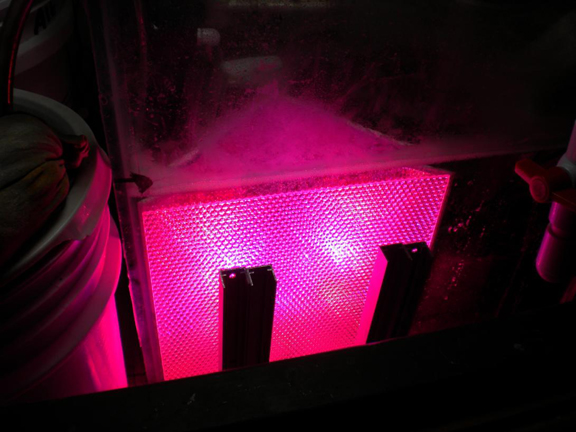
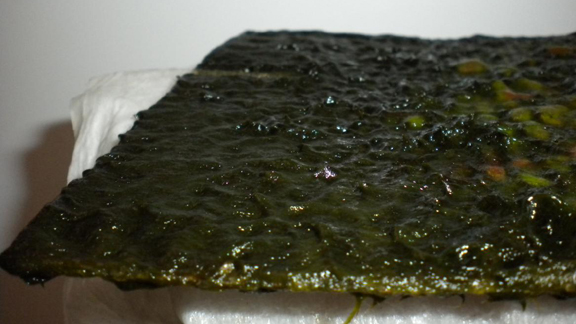
"Badfish" on the RC site:
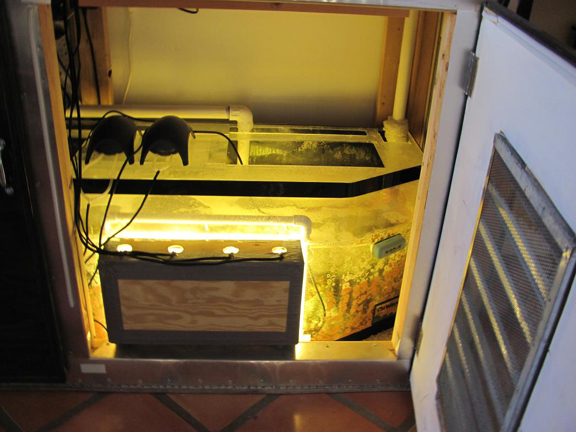
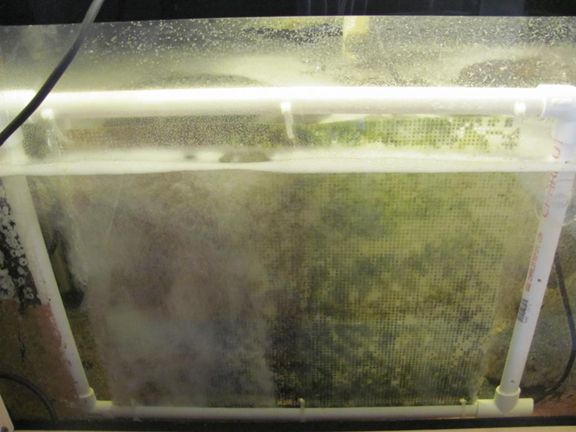
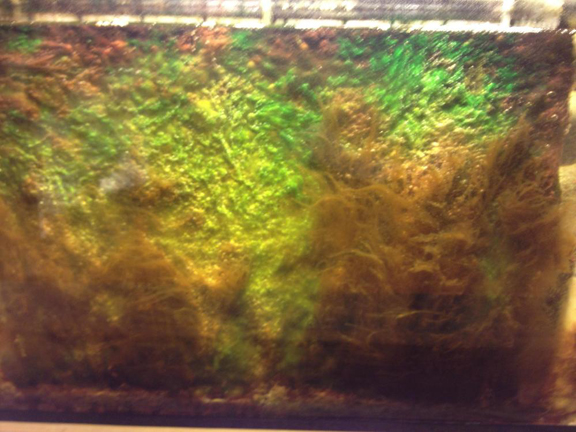
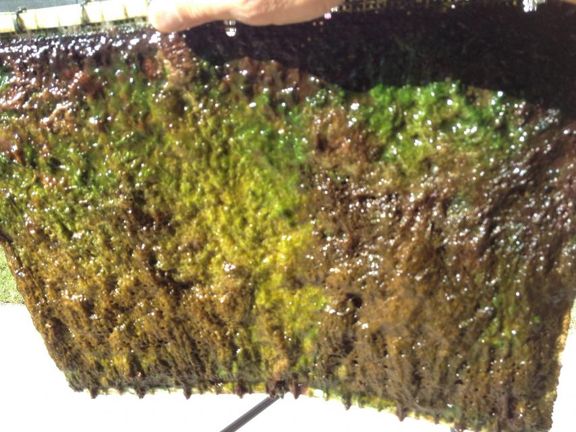
"Cmaxtian" on the scrubber site:
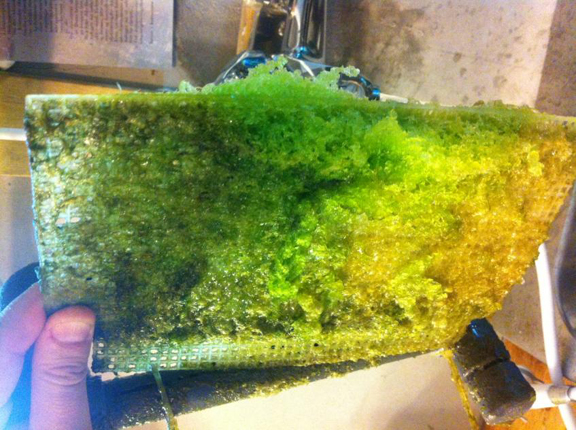
"Deneed4spd" onthe TCMAS site:
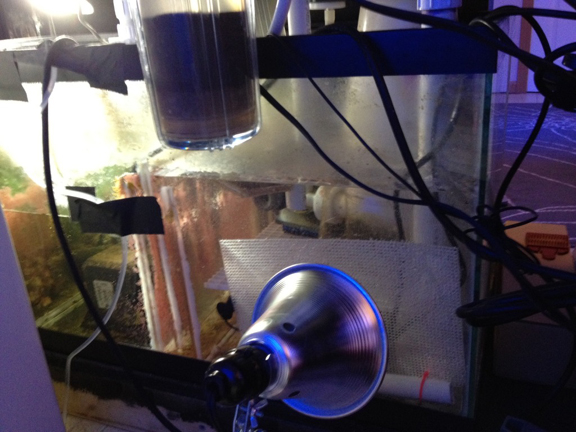
"Ewerd" on the scrubber site:
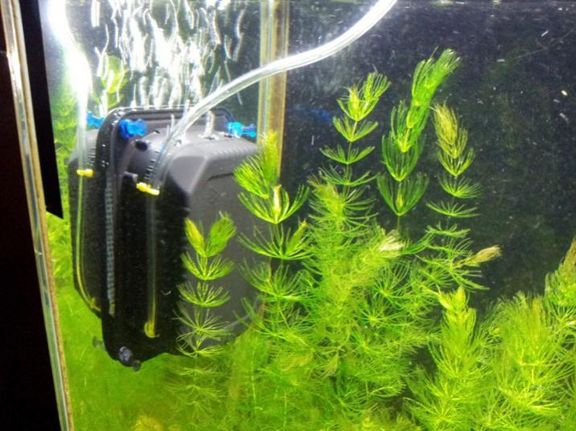
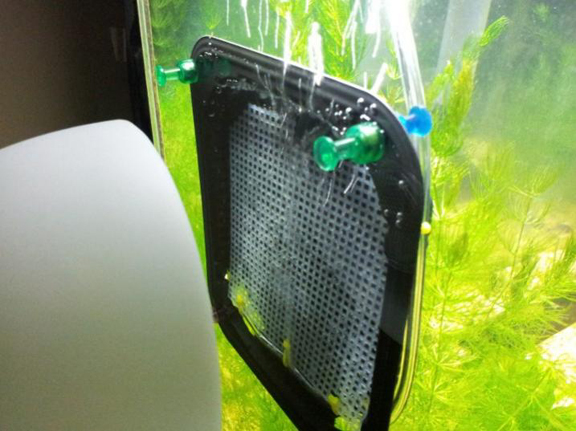
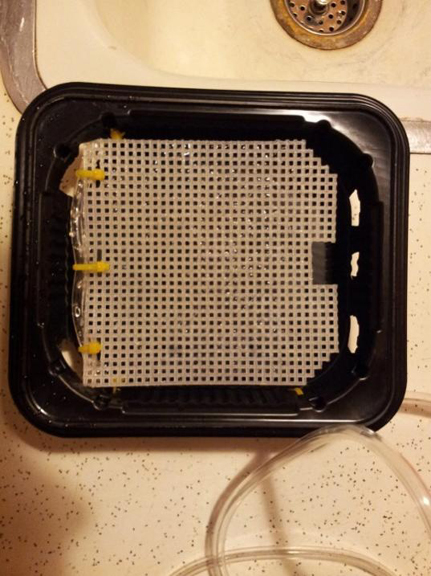
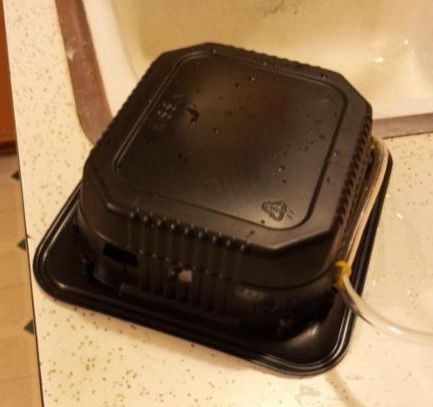
"Fishuntbike" on the scrubber site:
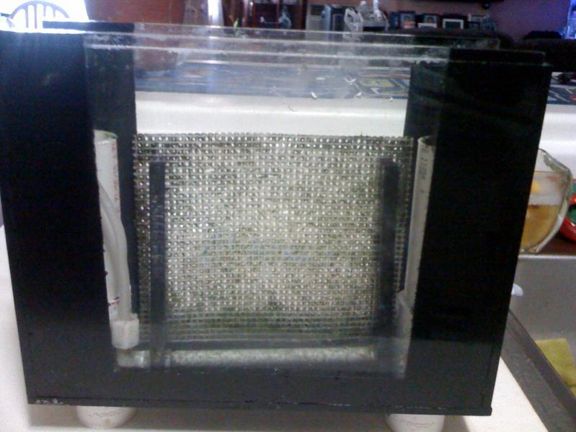
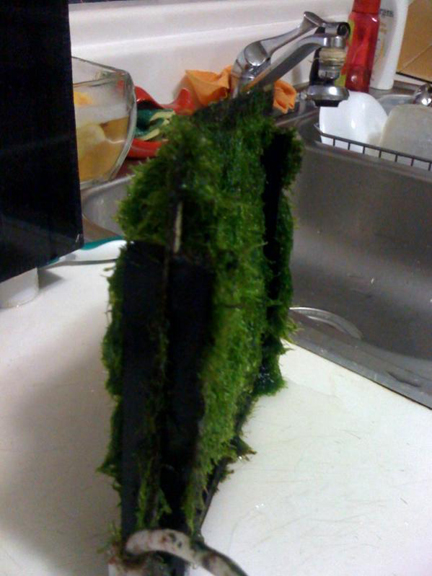
"FloydRturbo" on the scrubber site:
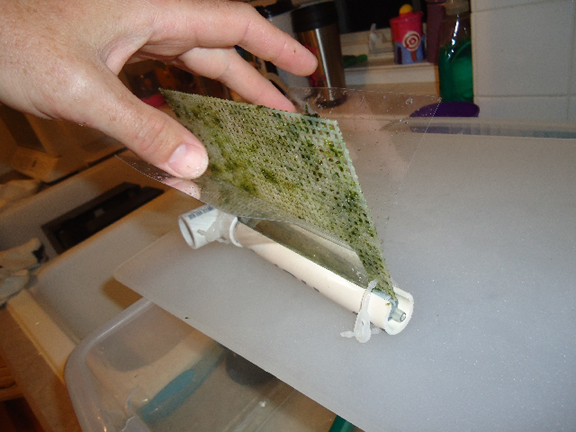
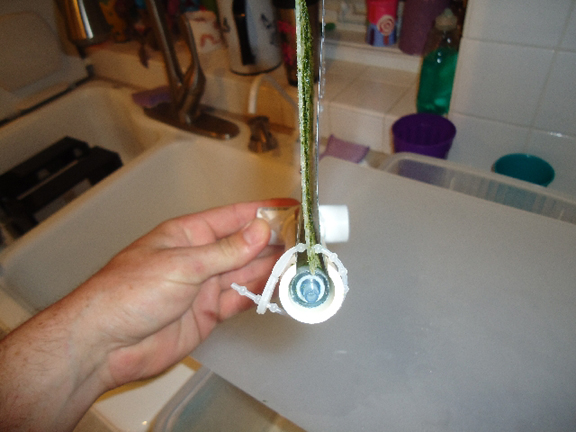
"Hugbert" on the scrubber site:
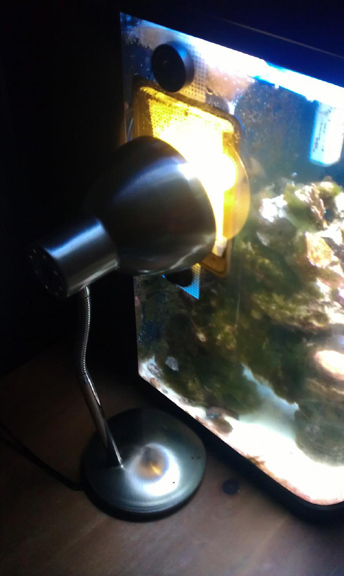
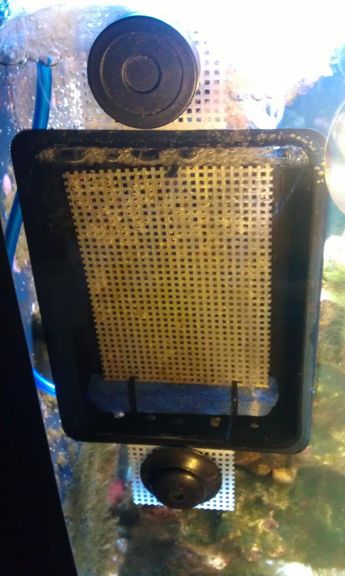
"Jaz” on the scrubber site:
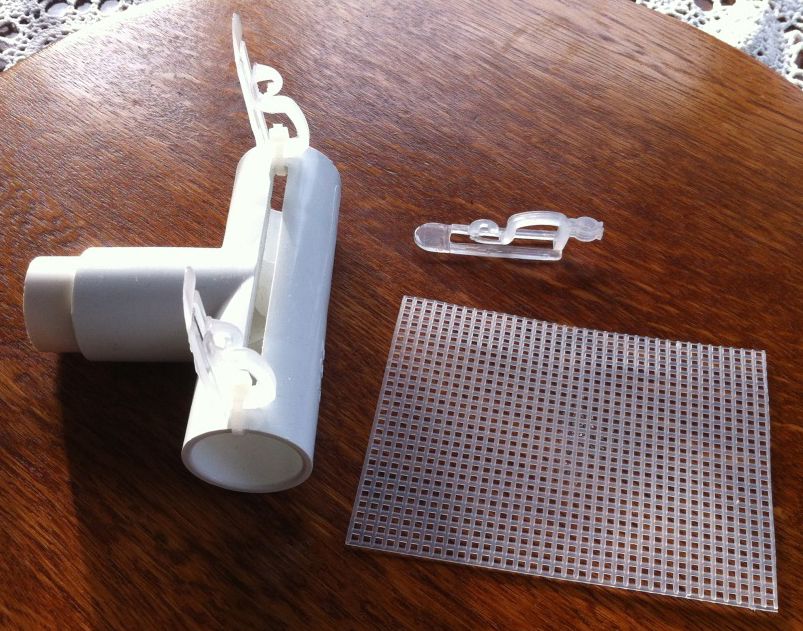
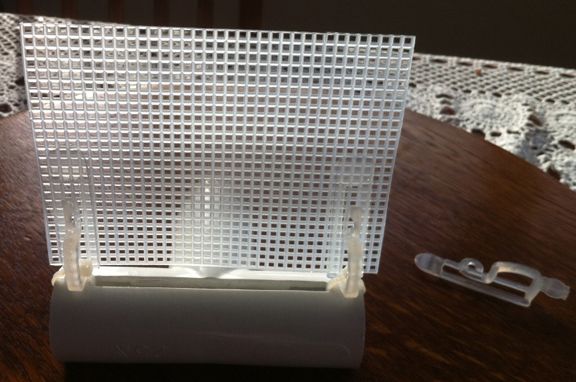
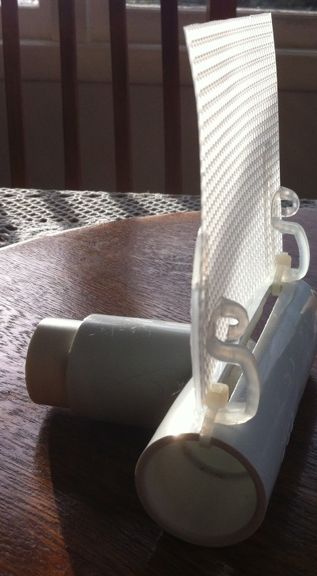
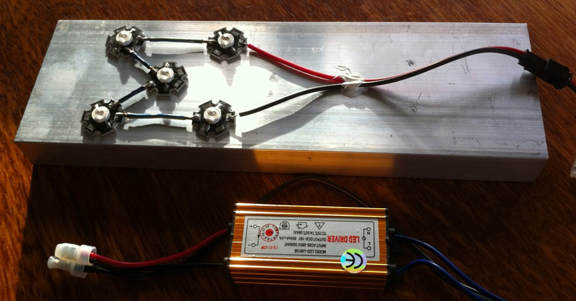
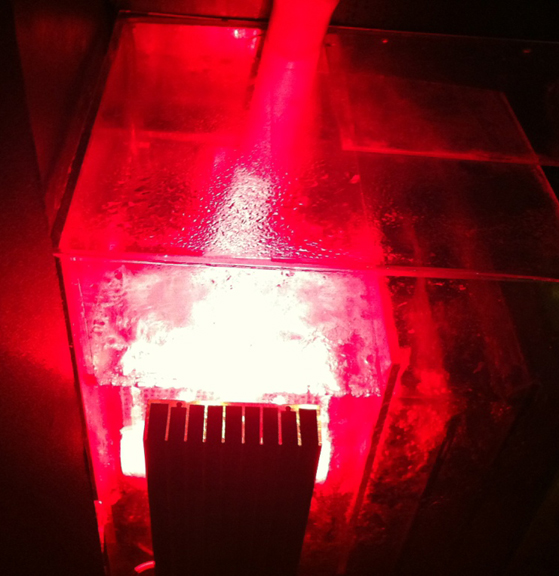
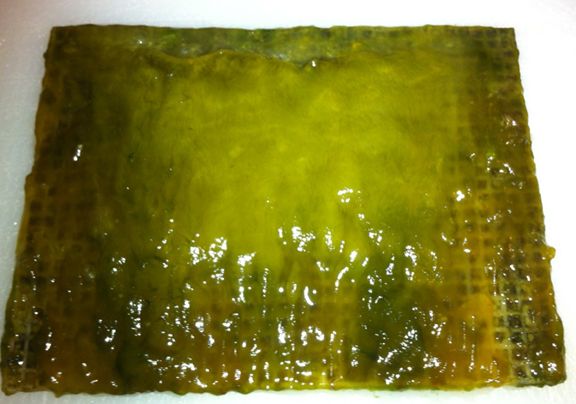
“Kalgra” on the R2R site:
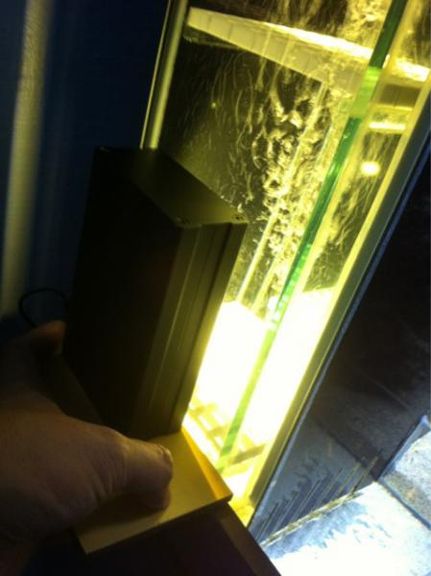
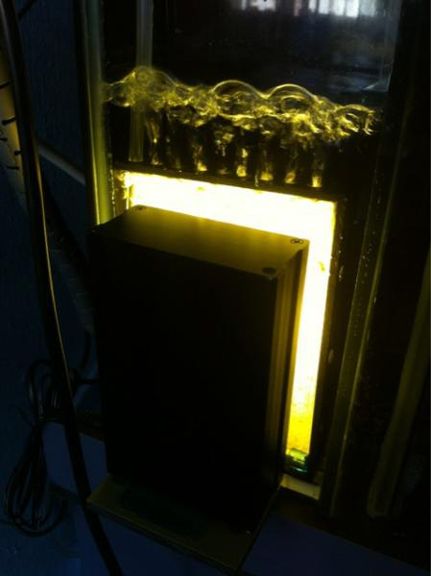
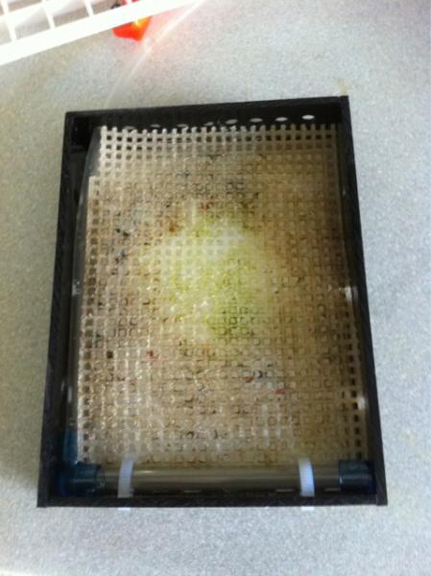
“KelliZackMOMon” on the LR site:
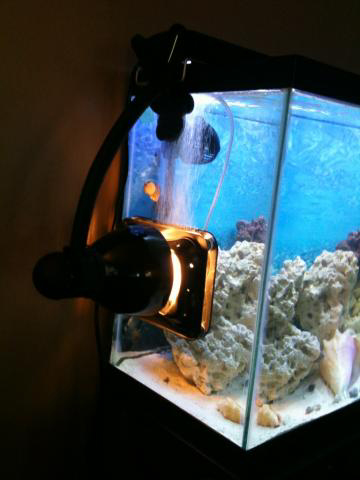
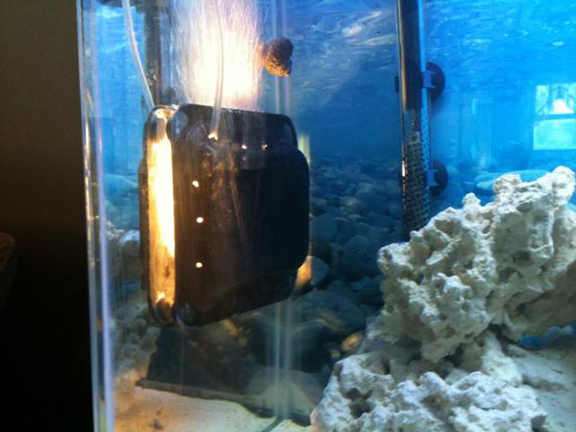
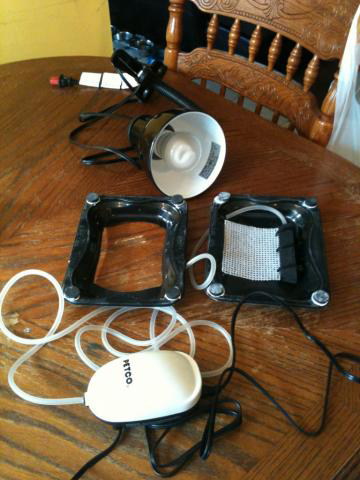
“MorganAtlanta” on the scrubber site;
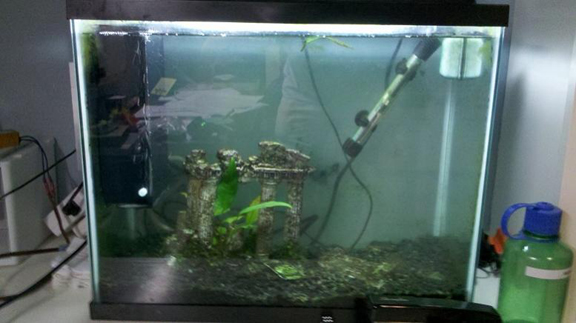
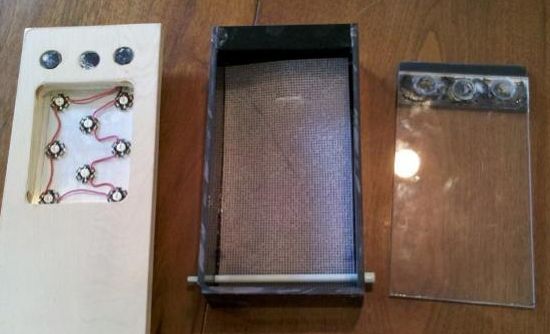
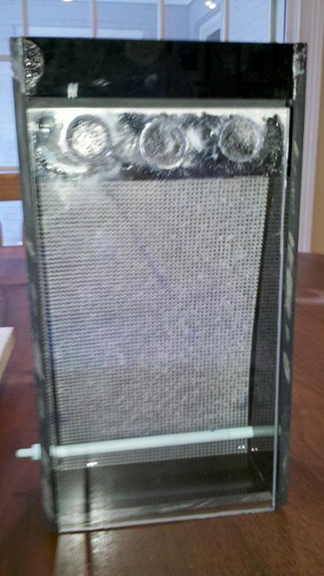
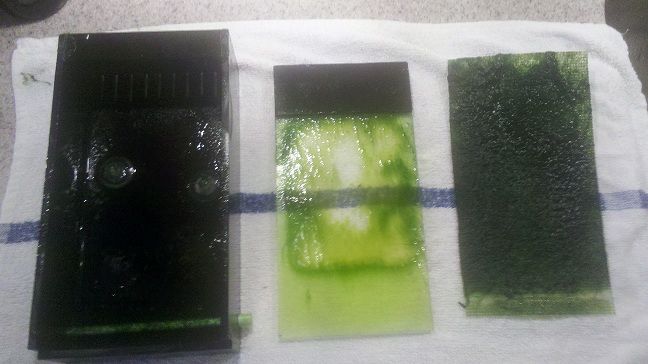
“Octavia-vrs” on the UR site:
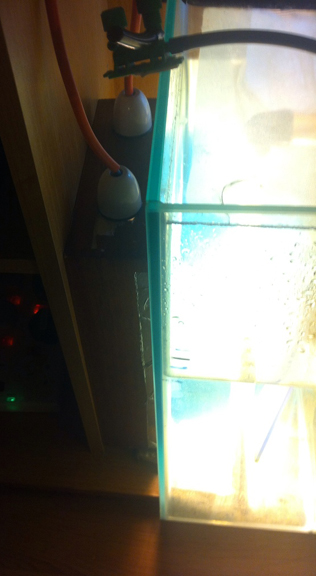
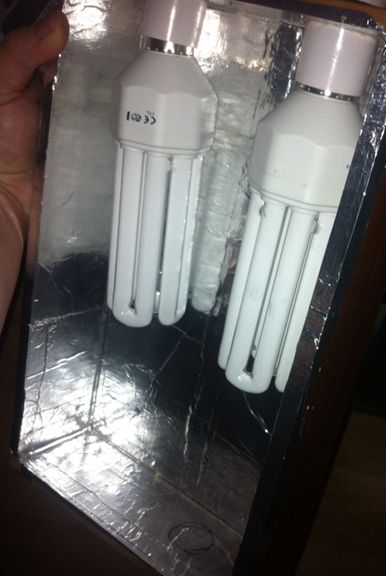
“Othello” on the scrubber site:
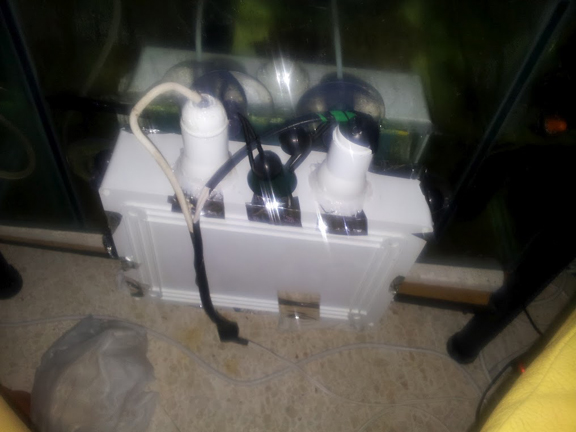
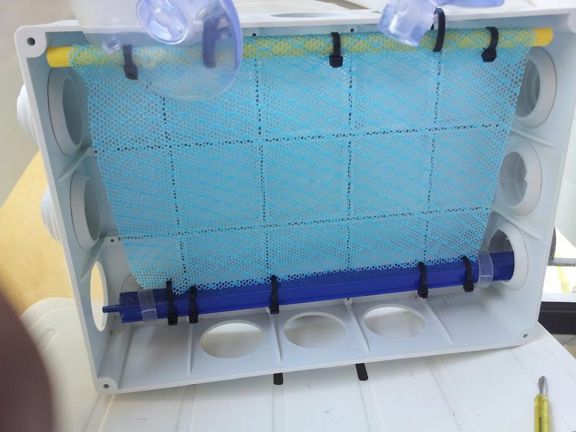
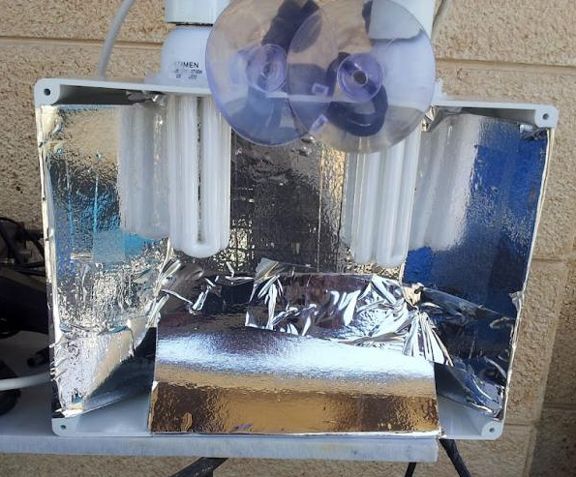
“OwenReefin” on the PNWMAS site:
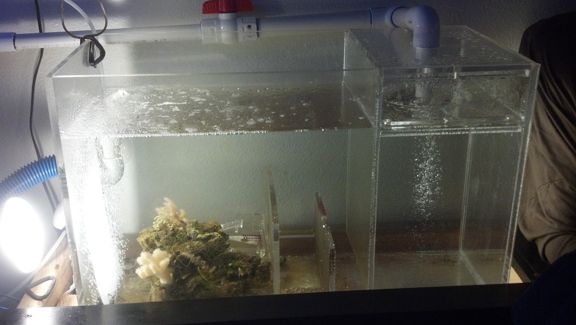
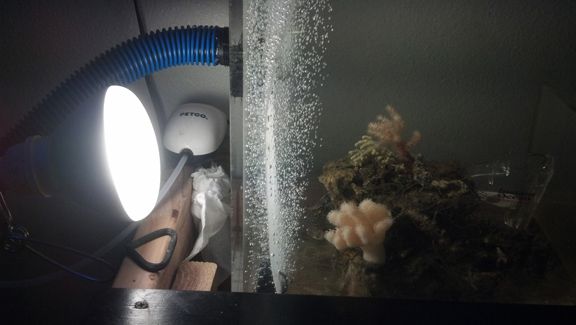
“Pecker115” on the UR site:
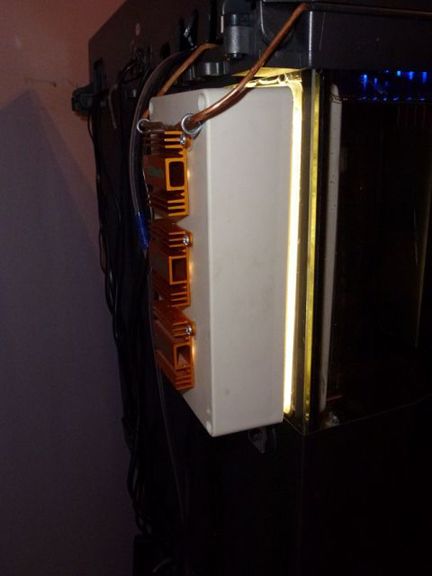
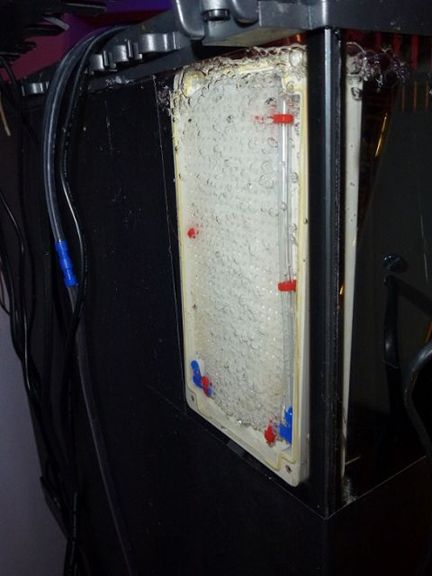
"Cermet" on the AC site:
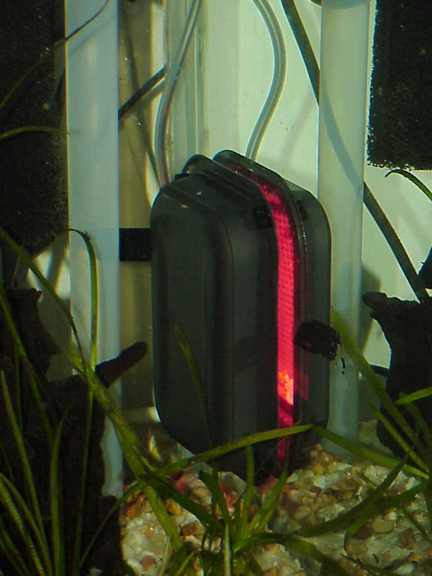
“Promazine” on the UR site:
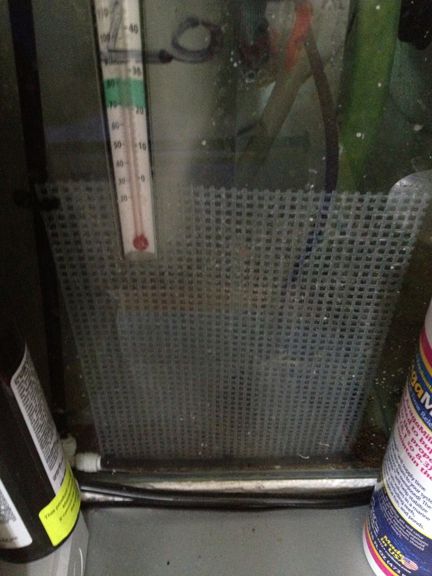
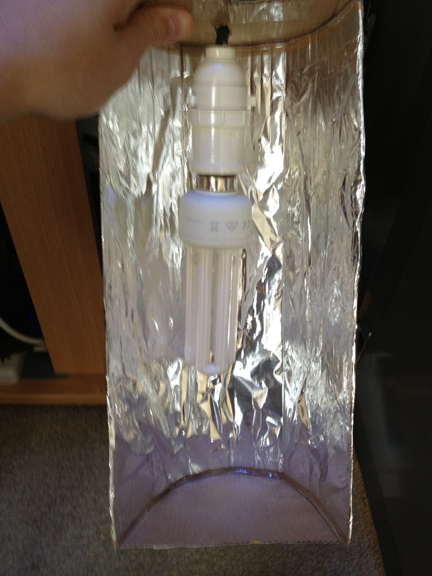
"Bobba" on the scrubber site:
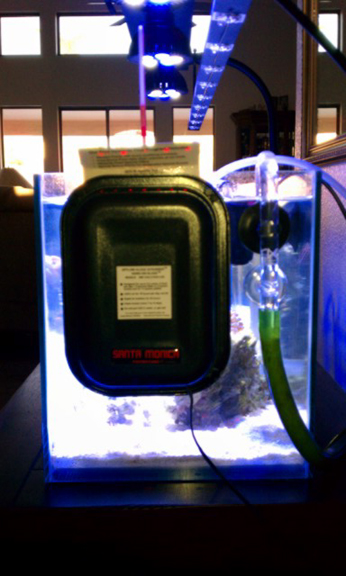
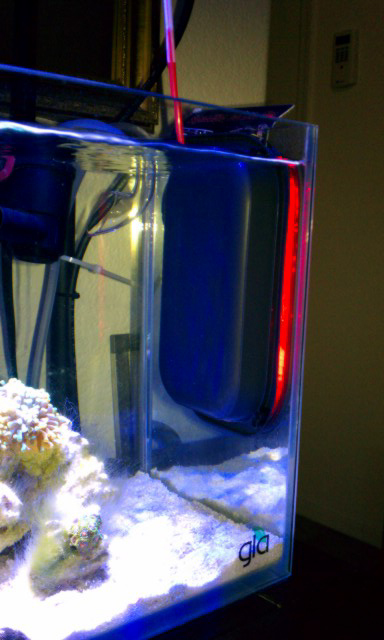
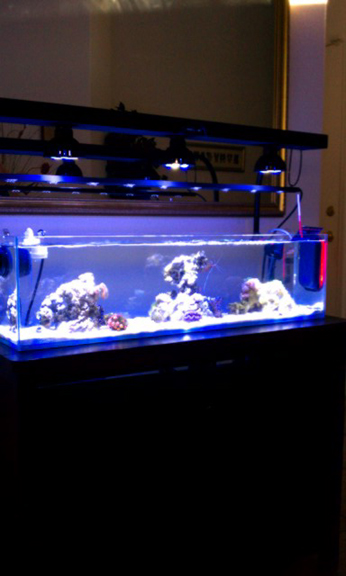
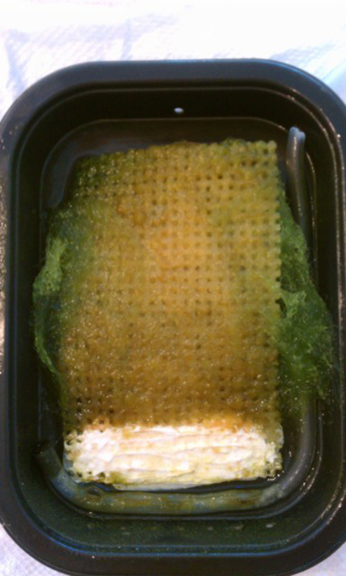
“Reefnjunkie” on the PNWMAS site:
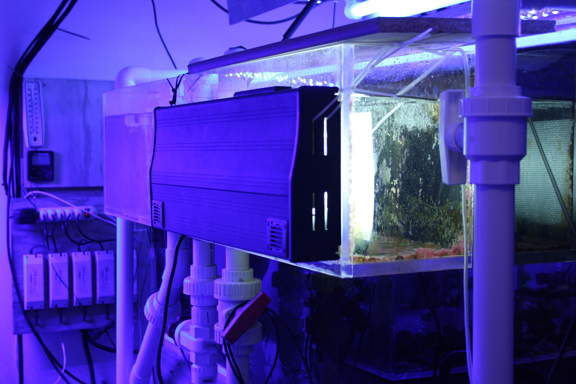
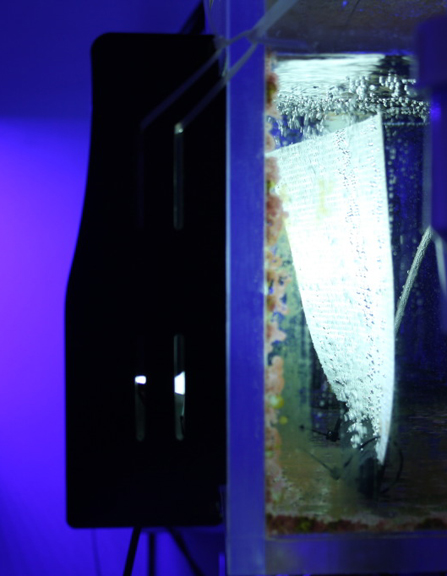
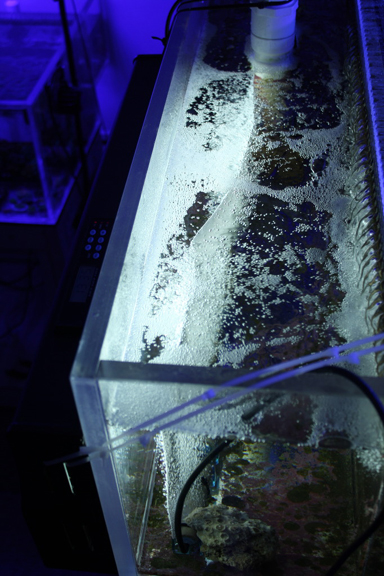
“RkyRickstr” on the scrubber site:
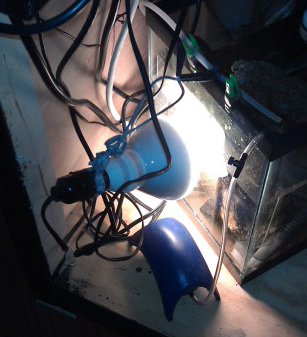
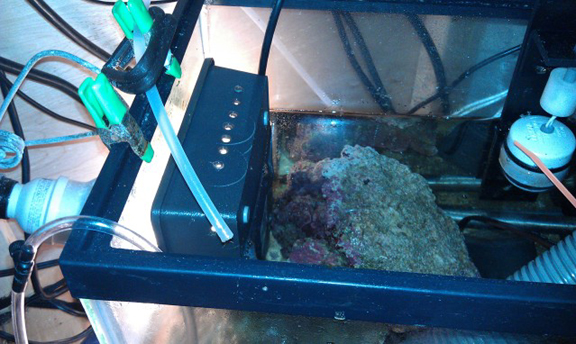
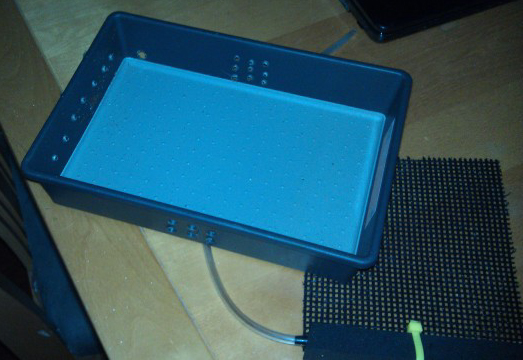
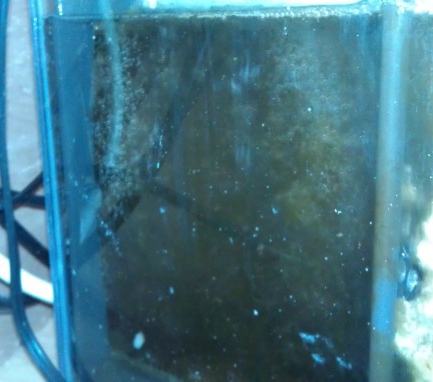
“Ruddybop” on the MFK site:
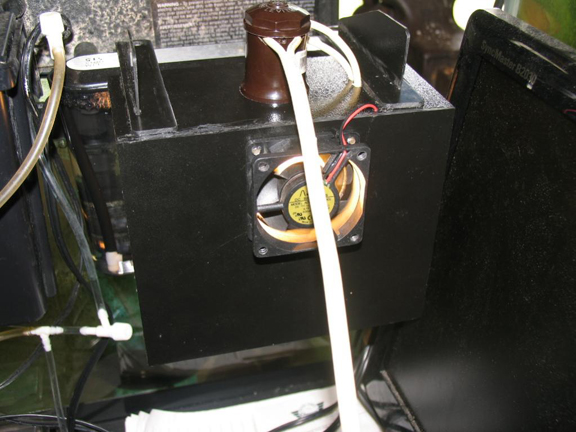
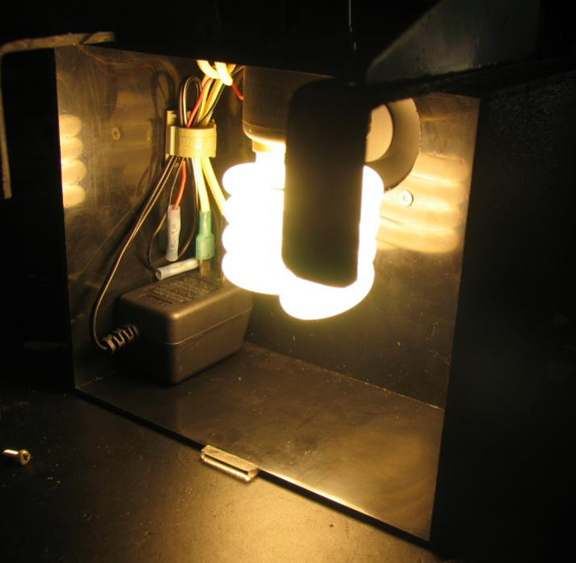
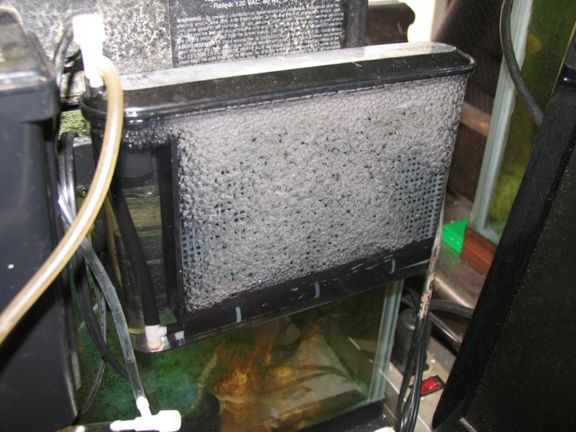
“Smann” on the PNWMAS site:
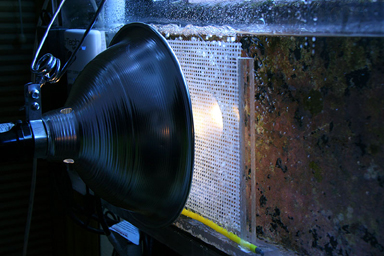
“Strayrex” on the UR site:
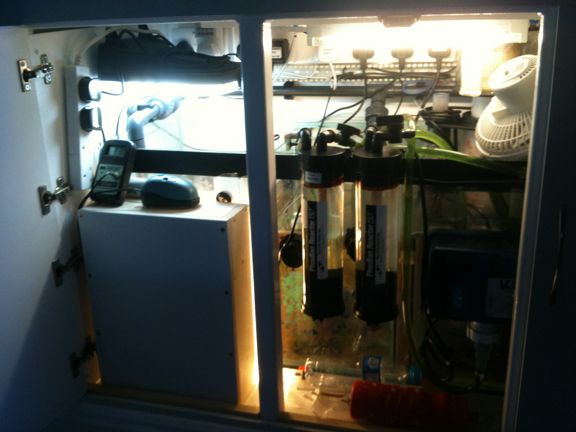
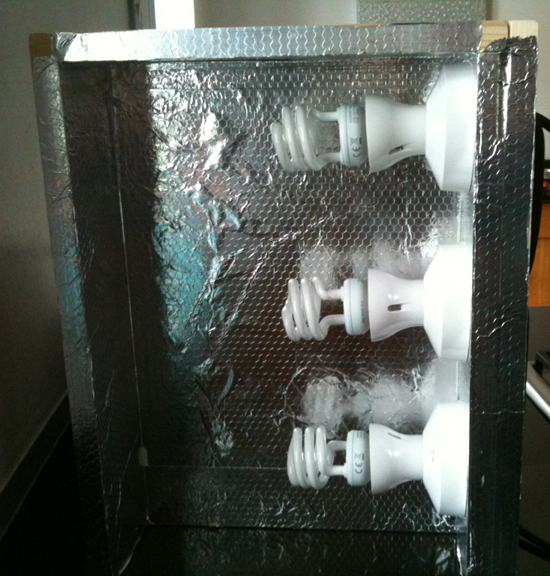
“Swhite” on the scrubber site:
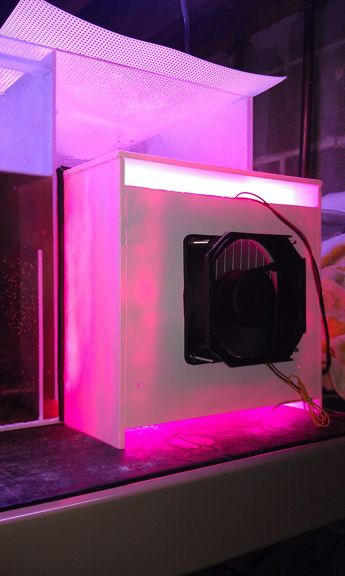
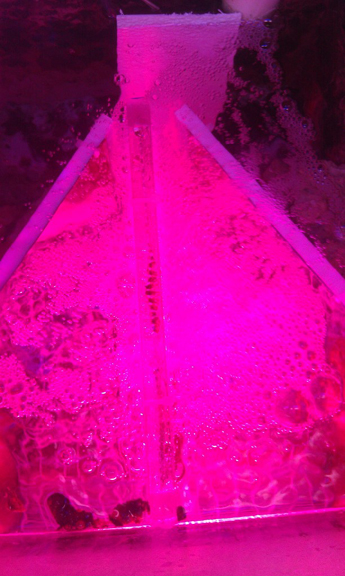
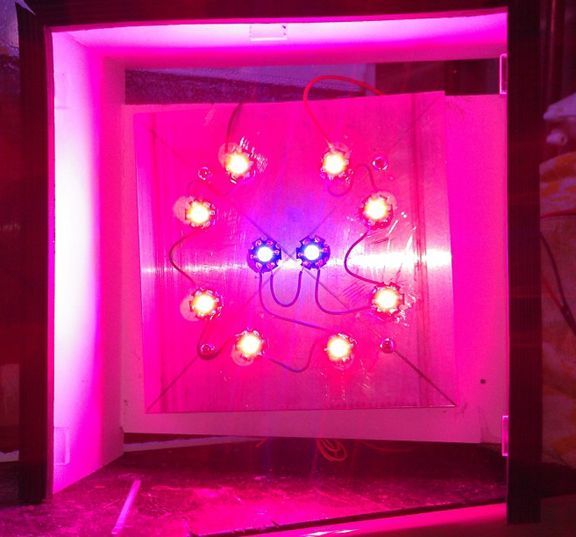
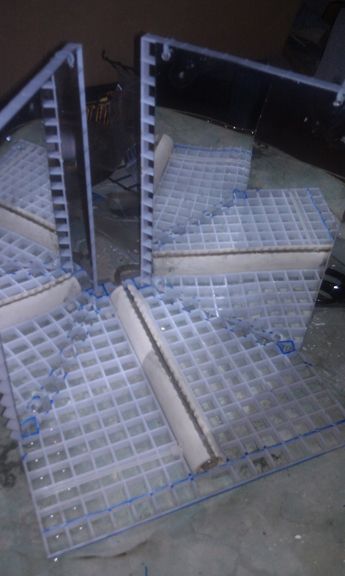
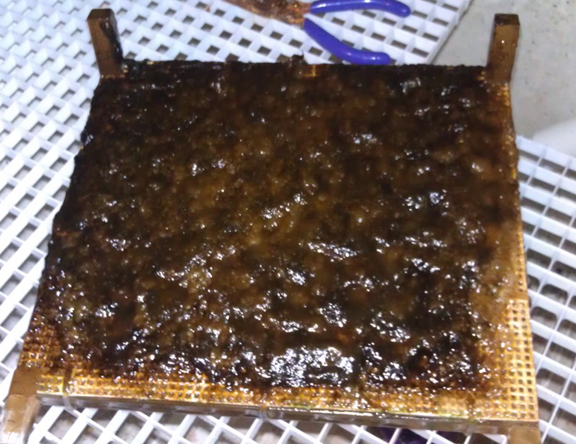
“Tonymar” on the scrubber site:
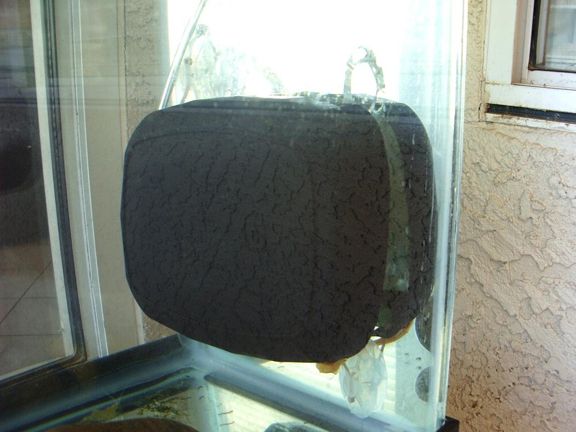
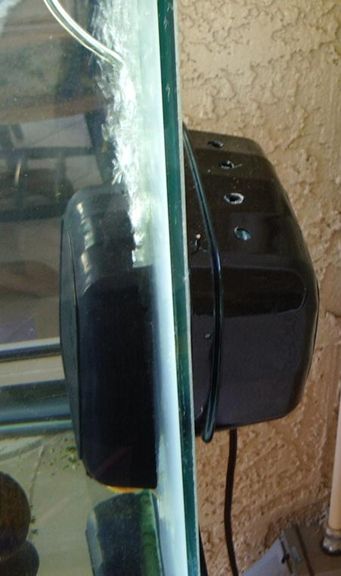
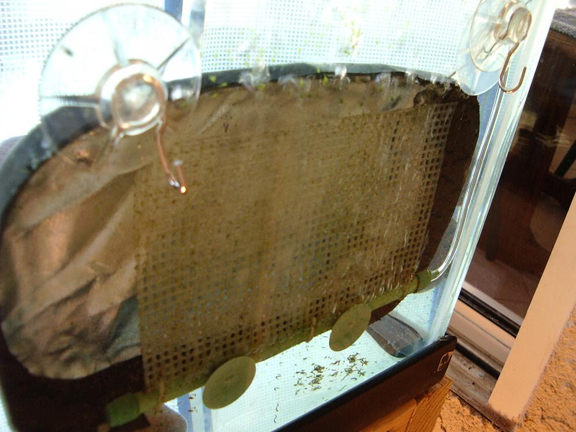
"Acorral" on the scrubber site:


"Badfish" on the RC site:




"Cmaxtian" on the scrubber site:

"Deneed4spd" onthe TCMAS site:

"Ewerd" on the scrubber site:




"Fishuntbike" on the scrubber site:


"FloydRturbo" on the scrubber site:


"Hugbert" on the scrubber site:


"Jaz” on the scrubber site:






“Kalgra” on the R2R site:



“KelliZackMOMon” on the LR site:



“MorganAtlanta” on the scrubber site;




“Octavia-vrs” on the UR site:


“Othello” on the scrubber site:



“OwenReefin” on the PNWMAS site:


“Pecker115” on the UR site:


"Cermet" on the AC site:

“Promazine” on the UR site:


"Bobba" on the scrubber site:




“Reefnjunkie” on the PNWMAS site:



“RkyRickstr” on the scrubber site:




“Ruddybop” on the MFK site:
“Smann” on the PNWMAS site:

“Strayrex” on the UR site:


“Swhite” on the scrubber site:





“Tonymar” on the scrubber site:



SantaMonica
Fish Crazy
SantaMonica
Fish Crazy
So, anyone built a scrubber lately (waterfall, or upflow) ?
Or planning on building one in 2014 ?
Or planning on building one in 2014 ?
SantaMonica
Fish Crazy
Great video showing a basic upflow scrubber; this guy knows how to make good videos...
http /www.youtube.com/watch?v=qGLnBvDkaO0
/www.youtube.com/watch?v=qGLnBvDkaO0
http
 /www.youtube.com/watch?v=qGLnBvDkaO0
/www.youtube.com/watch?v=qGLnBvDkaO0SantaMonica
Fish Crazy
Super simple DIY project with just 2 LEDs... anyone can build. Just need two TV dinner trays, magnets, silicone, gravel and epoxy. Look how much just 2 LEDs can grow and filter...
[video]http /www.youtube.com/watch?v=utu2SADmj2g[/video]
/www.youtube.com/watch?v=utu2SADmj2g[/video]
[video]http
 /www.youtube.com/watch?v=utu2SADmj2g[/video]
/www.youtube.com/watch?v=utu2SADmj2g[/video]SantaMonica
Fish Crazy
Very nice scrubber-only tank:
http /algaescrubber.net/forums/showthread.php?2702-180g-Show-Tank&p=35853&viewfull=1#post35853
/algaescrubber.net/forums/showthread.php?2702-180g-Show-Tank&p=35853&viewfull=1#post35853
His personal page:
http /home.comcast.net/~dgrigor/
/home.comcast.net/~dgrigor/
http
 /algaescrubber.net/forums/showthread.php?2702-180g-Show-Tank&p=35853&viewfull=1#post35853
/algaescrubber.net/forums/showthread.php?2702-180g-Show-Tank&p=35853&viewfull=1#post35853His personal page:
http
 /home.comcast.net/~dgrigor/
/home.comcast.net/~dgrigor/SantaMonica
Fish Crazy
What is Periphyton?
Periphyton is what turns your rocks different colors. You know... the white rocks you started with in SW, or the grey rocks (or brown wood) you started with in FW. After several months or years, the rocks become a variety of different colors and textures. Why? Because the periphyton that has grown on it is a mix of different living things, of different colors, and thicknesses. And the important part is: It is LIVING.
That's right: The colored stuff that has coated your rocks is all living organisms. Sponges, microbes, algae, cyano, biofilms, and of course coralline. After all, "peri" means "around the outside", and "phyto" means "plant". Ever slipped in a slippery puddle? That's probably periphyton that made it slippery. It's a very thin coating on the rocks, sometimes paper thin.
There is a lot of photosynthetic organisms in periphyton, and this of course means that they need light; but they need nutrients too (ammonia, nitrate, phosphate). And as you might figure, they will be on the lighted portions of the rocks. And they will grow to intercept food particles in the water, based on the water flow. Just think about how sponges orient their holes for water flow; the micro sponges in periphyton do it too but on a tiny scale.
What about under the rocks, in the dark areas? Well these periphyton don't get light, so they are primarily filter feeders. So they REALLY grow and position themselves to be able to intercept food particles. And they don't really need to fight off algae, because algae does not grow in the dark, so they have no need for anti-algae tactics like plants in the light have.
Reef studies have show that at certain depths, more of the filtering of the water comes from periphyton and benthic algae than comes from the phytoplankton which filters the deeper water. And in streams, almost all the filtering is done by periphyton. So, what you have on rocks that are "mature" or "established" is a well-developed layer of periphyton; and all the things that comes from it.
This is why mandarin fish can eat directly off the rocks of an "established" tank (tons of pods grow in the periphyton), but not on the rocks of a new tank. Or why some animals can lay their eggs on established rocks, but not new ones. Or why established tanks seem to "yo-yo" less than new ones. Even tangs can eat periphyton directly when it's thick enough. Yes periphyton can also develop on the sand, but since the sand is moved around so much, the periphyton does not get visible like it does on rocks. So thick periphyton on established rocks is your friend. And totally natural too. Keep in mind though I'm not referring to nuisance algae on rocks; I'm only referring to the very-thin layer of coloring that coats the rocks.
But what happens when you "scrape the stuff off your rocks"? Well you remove some of the periphyton, which means you remove some of your natural filter and food producer. What if you take the rocks out and scrub them? Well now you not only remove more of your natural filter and food producer, but the air is going to kill even more of the microscopic sponges in it. And what if you bleach the rocks? Well, goodbye all filtering and food producing for another year. It's an instant reduction of the natural filtering that the periphyton was providing.
However, what if you just re-arrange the rocks? Well, some of the periphyton that was in the light, now will be in the dark; so this part will die. And some of the periphyton that was in the dark will now be in the light, so it will not be able to out-compete photosynthetic growth and thus will be covered and die too. And even if the light stays the same, the direction and amount of water flow (and food particles) will change; sponges that were oriented to get food particles from one direction will now starve. So since the light and food supply is cut off, the filtering that the periphyton was providing stops almost immediately from just re-arranging.
Starvation takes a little longer. The periphyton organisms won't die immediately, since they have some energy saved up; but instead, they will wither away over several weeks. So on top of the instant reduction in filtering that you get my just moving the rocks, you get a somewhat stretched-out period of nutrients going back into the water. And after all this, it takes another long period of time for the periphyton to build up to the levels it was at before. Even changing the direction of a powerhead will affect the food particle supply in the area it used to be pointed at.
So a good idea is to try to keep everything the same. Pick your lighting, flow, layout, and try to never move or change anything. It's a different way of thinking, but you should have a stronger natural filter and food producer because of it.
Periphyton is what turns your rocks different colors. You know... the white rocks you started with in SW, or the grey rocks (or brown wood) you started with in FW. After several months or years, the rocks become a variety of different colors and textures. Why? Because the periphyton that has grown on it is a mix of different living things, of different colors, and thicknesses. And the important part is: It is LIVING.
That's right: The colored stuff that has coated your rocks is all living organisms. Sponges, microbes, algae, cyano, biofilms, and of course coralline. After all, "peri" means "around the outside", and "phyto" means "plant". Ever slipped in a slippery puddle? That's probably periphyton that made it slippery. It's a very thin coating on the rocks, sometimes paper thin.
There is a lot of photosynthetic organisms in periphyton, and this of course means that they need light; but they need nutrients too (ammonia, nitrate, phosphate). And as you might figure, they will be on the lighted portions of the rocks. And they will grow to intercept food particles in the water, based on the water flow. Just think about how sponges orient their holes for water flow; the micro sponges in periphyton do it too but on a tiny scale.
What about under the rocks, in the dark areas? Well these periphyton don't get light, so they are primarily filter feeders. So they REALLY grow and position themselves to be able to intercept food particles. And they don't really need to fight off algae, because algae does not grow in the dark, so they have no need for anti-algae tactics like plants in the light have.
Reef studies have show that at certain depths, more of the filtering of the water comes from periphyton and benthic algae than comes from the phytoplankton which filters the deeper water. And in streams, almost all the filtering is done by periphyton. So, what you have on rocks that are "mature" or "established" is a well-developed layer of periphyton; and all the things that comes from it.
This is why mandarin fish can eat directly off the rocks of an "established" tank (tons of pods grow in the periphyton), but not on the rocks of a new tank. Or why some animals can lay their eggs on established rocks, but not new ones. Or why established tanks seem to "yo-yo" less than new ones. Even tangs can eat periphyton directly when it's thick enough. Yes periphyton can also develop on the sand, but since the sand is moved around so much, the periphyton does not get visible like it does on rocks. So thick periphyton on established rocks is your friend. And totally natural too. Keep in mind though I'm not referring to nuisance algae on rocks; I'm only referring to the very-thin layer of coloring that coats the rocks.
But what happens when you "scrape the stuff off your rocks"? Well you remove some of the periphyton, which means you remove some of your natural filter and food producer. What if you take the rocks out and scrub them? Well now you not only remove more of your natural filter and food producer, but the air is going to kill even more of the microscopic sponges in it. And what if you bleach the rocks? Well, goodbye all filtering and food producing for another year. It's an instant reduction of the natural filtering that the periphyton was providing.
However, what if you just re-arrange the rocks? Well, some of the periphyton that was in the light, now will be in the dark; so this part will die. And some of the periphyton that was in the dark will now be in the light, so it will not be able to out-compete photosynthetic growth and thus will be covered and die too. And even if the light stays the same, the direction and amount of water flow (and food particles) will change; sponges that were oriented to get food particles from one direction will now starve. So since the light and food supply is cut off, the filtering that the periphyton was providing stops almost immediately from just re-arranging.
Starvation takes a little longer. The periphyton organisms won't die immediately, since they have some energy saved up; but instead, they will wither away over several weeks. So on top of the instant reduction in filtering that you get my just moving the rocks, you get a somewhat stretched-out period of nutrients going back into the water. And after all this, it takes another long period of time for the periphyton to build up to the levels it was at before. Even changing the direction of a powerhead will affect the food particle supply in the area it used to be pointed at.
So a good idea is to try to keep everything the same. Pick your lighting, flow, layout, and try to never move or change anything. It's a different way of thinking, but you should have a stronger natural filter and food producer because of it.
SantaMonica
Fish Crazy
Shade cloth:
All new scrubbers which use white growth surfaces should have a black cloth placed over the LEDs for the first week or two. Because the all-white interior reflects so much light, when it is new the light levels are way above the highest amount that can grow anything. Once growth starts, the white surfaces get covered with growth and the total light levels drop, and the cloth can be removed. Any cloth, stocking, or t-shirt can work; just don't melt the cloth with hot LEDs
This covering of the lights can be done by anyone, on any scrubber, even waterfalls. Waterfalls use plastic canvas which has more holes than material, and they are not in white compartments, so the light levels when new are not that high. But it still might help if a new screen stays completely empty or had bald spots.
The reason for a white colors, of course, is too allow more light to reach the base of the growth that does the attaching to the surfaces. As the growth gets thicker, the bottom layers will almost be in darkness, so the white surface doubles the light there by reflecting instead of absorbing the light.
All new scrubbers which use white growth surfaces should have a black cloth placed over the LEDs for the first week or two. Because the all-white interior reflects so much light, when it is new the light levels are way above the highest amount that can grow anything. Once growth starts, the white surfaces get covered with growth and the total light levels drop, and the cloth can be removed. Any cloth, stocking, or t-shirt can work; just don't melt the cloth with hot LEDs
This covering of the lights can be done by anyone, on any scrubber, even waterfalls. Waterfalls use plastic canvas which has more holes than material, and they are not in white compartments, so the light levels when new are not that high. But it still might help if a new screen stays completely empty or had bald spots.
The reason for a white colors, of course, is too allow more light to reach the base of the growth that does the attaching to the surfaces. As the growth gets thicker, the bottom layers will almost be in darkness, so the white surface doubles the light there by reflecting instead of absorbing the light.
Sorry for chiming in so late in the conversation but this actually is a topic I've been meaning to ask about because when I purchased my 225 gallon tank a few months back it came with three very well built what I assume are turf stile scrubbers two of them are about 3 feet long and the third is about 4-5 feet long I will post some pics this evening after I dig them out of storage and I'd love to know exactly what they are and if they are turf/algae scrubbers 
SantaMonica
Fish Crazy
They probably are.
Ok so here's the pics of what I think are turf/algae scrubbers I have all the parts needed for them and would like to know what I should sell them for since I'm not going to use them on the tank any advice or help would be great 
Another pic.
Another pic.
Attachments
SantaMonica
Fish Crazy
Yes the big one is an Aquaricare horizontal scrubber (without light), and the smaller ones probably are too. Probably could get $300 to $400 for them.

